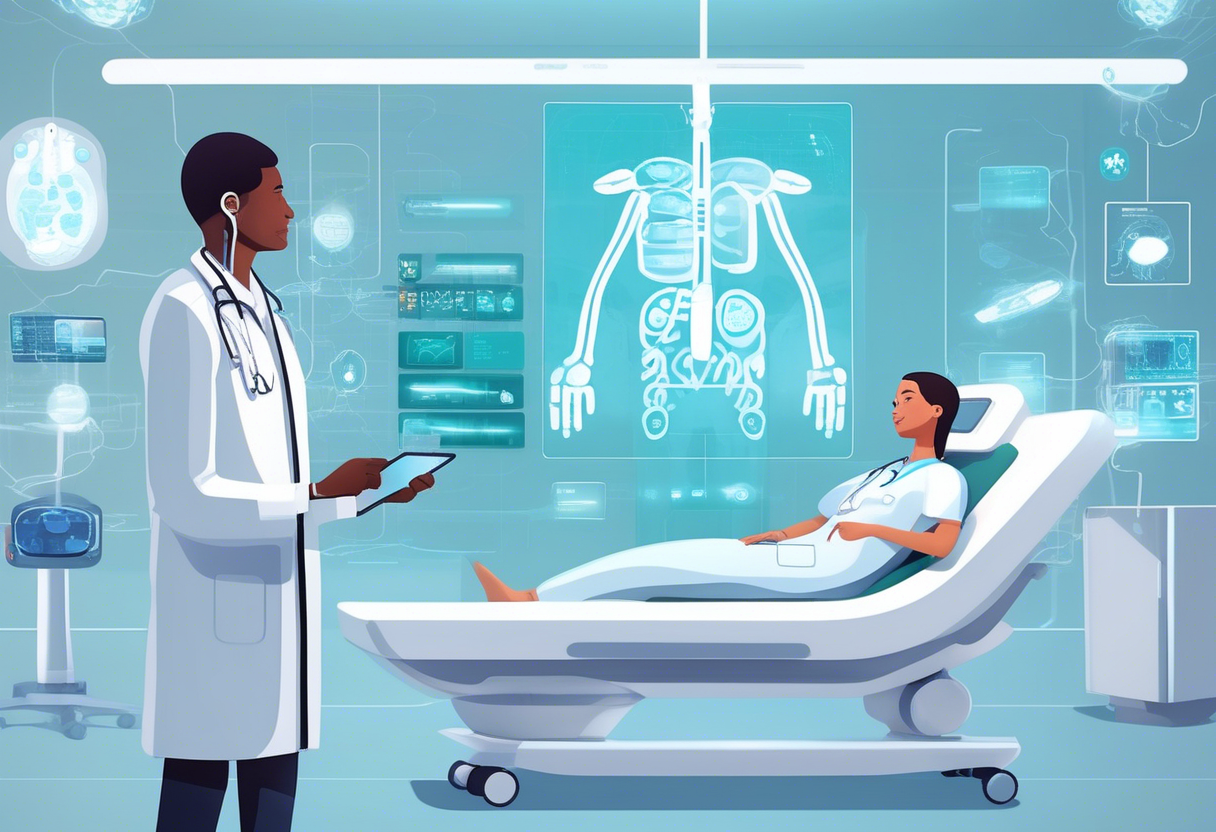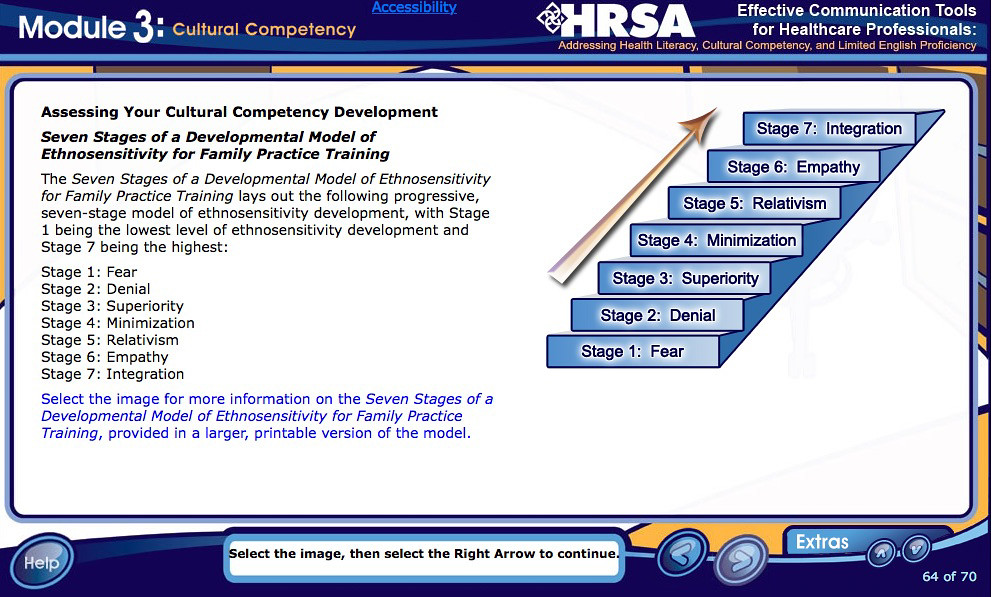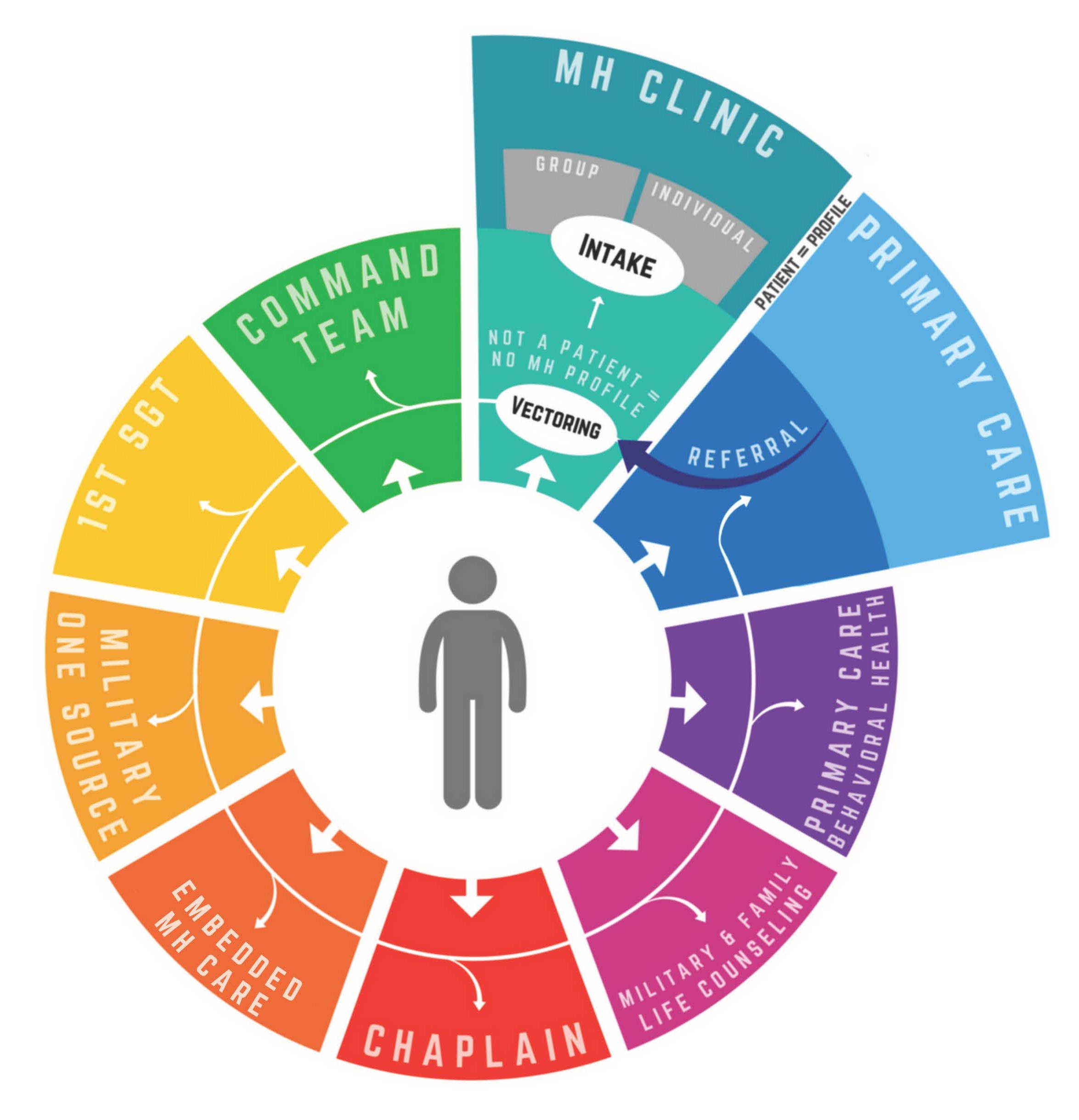
Imagine healthcare communication that's smooth, efficient, and personal, all thanks to AI. In the fast-paced medical world, good communication matters a lot, and AI voice agents are making a real difference. Did you know over 70% of healthcare professionals think AI can boost patient engagement and satisfaction? That's big! From easily scheduling appointments to giving real-time updates and reminders, AI voice agents are changing how healthcare providers and patients connect. This article looks at how AI voice agents work, their benefits, and what they mean for the future of healthcare communication. Let's see how these digital helpers are making healthcare better!
Summary: This article discusses the role of AI voice agents in healthcare communication, focusing on their benefits, practical applications, integration, compliance, and challenges. It provides an overview of how these technologies are transforming communication within the healthcare sector.
Understanding Healthcare Communication
The Importance of Effective Healthcare Communication
Good communication is key in healthcare. It helps people make healthier choices by using both talking and writing to share information. This isn't just about chatting; it's about using different ideas and strategies to change how people think and act for the better Health Communication.
When healthcare providers, patients, and families communicate well, it leads to personalized care and better health results Importance of Communication. There are different types of communication in healthcare:
- Between patients and providers
- Among healthcare professionals
- With families and caregivers
- Non-verbal cues

Paying attention to cultural and language differences is also crucial. This builds trust, empowers patients, reduces mix-ups, and helps with smooth care transitions that match what patients want and need Communication Types.
Big health organizations stress that good, integrated communication is vital for quality care, patient safety, and teamwork among healthcare workers Integrated Communication.
Challenges in Current Healthcare Communication Systems
Even though communication is super important, poor communication can mess things up. It can lead to bad care, poor patient outcomes, and mistakes like wrong diagnoses and treatments Effects of Poor Communication.
Problems often pop up during shift changes or when patients are handed over, which can lead to errors and bad events. Many lawsuits and preventable deaths are due to miscommunication among caregivers. Doctors often face delays in getting information from others because electronic health record (EHR) systems don't always work well together, slowing down communication Interoperability Challenges.
Most doctors still rely on written communication, but worries about privacy and legal issues make them hesitant to use email. Healthcare organizations struggle with integrating communication systems effectively, which affects how well they coordinate and work together.
Introduction to AI Voice Agents
Understanding AI Voice Agents in Healthcare Communication
AI voice agents are like smart conversational buddies. They're powered by big language models that can chat with you in real time, understanding and speaking naturally. Unlike old-school chatbots that stick to a script, these AI voice agents create unique replies based on what you say, making the chat feel personal and real.
In healthcare, they're like 24/7 virtual helpers. They handle patient questions, book appointments, and do follow-ups, even outside regular hours. They're great at understanding medical terms, following HIPAA rules, and knowing when to call in a human for help. By taking care of routine tasks like scheduling and prescription refills, they free up human staff in healthcare call centers, making things run smoother.

Deepbrain AI's Role in Healthcare Communication
Deepbrain AI is all about creating smart voice agents using advanced AI models. They make conversations feel natural and relevant across various fields, including healthcare. Their AI Studios platforms allow healthcare providers to customize and set up AI voice agents that work well with electronic health records (EHR) and maintain HIPAA compliance.
These platforms help integrate AI voice agents into devices like:
- Remote monitoring gadgets
- Mobile apps
- Smart speakers
This ensures patients stay engaged and monitored at home. Additionally, Deepbrain AI's voice agents can detect vocal cues to help diagnose and manage conditions such as diabetes, high blood pressure, and mental health issues by noticing changes in how someone speaks. This feature boosts recovery and helps manage chronic illnesses, making Deepbrain AI and AI Studios key players in advancing AI communication in healthcare.
For more information, check out these resources on AI voice agents and Deepbrain AI.
Benefits of AI Voice Agents in Healthcare Communication
24/7 AI Availability in Healthcare Communication
AI voice agents are revolutionizing healthcare with their 24/7 availability. This means you can access assistance at any time, not just during regular office hours. These agents are multilingual, greeting you in your preferred dialect to facilitate smoother communication. In urgent situations, they can swiftly connect you to human staff or emergency services, ensuring your safety.
Thanks to large language models, AI agents can tackle complex queries promptly, making interactions seamless and relevant. Imagine an AI agent checking in weekly about your blood pressure and symptoms, then forwarding that information to your doctor. This proactive approach helps in early detection of issues, even when the office is closed.
Improving Patient Engagement in Healthcare Communication
AI voice agents maintain a constant connection with your healthcare team, enhancing patient engagement by helping you adhere to your care plan. They provide personalized reminders for treatments and post-discharge steps, ensuring you remain on track. Designed to exhibit empathy, these systems make you feel understood and cared for.
Additionally, they manage appointment confirmations, rescheduling, and follow-up reminders using natural language, reducing frustration. For instance, a voice AI agent can confirm your appointment in your language, address any questions, and guide you through changes, fostering trust and loyalty.
Boosting Efficiency and Reducing Costs in Healthcare
Voice AI enhances operational efficiency by automating repetitive tasks such as updating records, scheduling, and routing calls, thereby alleviating the workload of healthcare staff. It minimizes no-show rates and wasted slots through automated reminders and communication.

Furthermore, AI accelerates diagnosis and treatment by analyzing data and enabling early detection, expediting medical processes. AI agents also screen patients by analyzing big data to identify high-risk individuals, facilitating timely interventions and optimal resource utilization. For example, they can automatically schedule appointments, update health records, and triage calls, allowing healthcare professionals to concentrate on patient care.
AI voice agents in healthcare can manage up to 44% of routine patient interactions, reducing the burden on medical staff. One hospital reported a 30% reduction in ER wait times after implementing AI for patient flow. Moreover, transitioning to AI agents can save healthcare organizations approximately $2,000 monthly, with AI costing around $3,000 compared to nearly $5,000 for human staff.
Practical Applications and Use Cases
Appointment Management and Reminders in Healthcare Communication
In the realm of healthcare, technology plays a pivotal role in managing appointments and reminders. As CipherHealth highlights, tools like telemedicine and secure messaging maintain ongoing communication even after a patient leaves the doctor's office, enhancing patient engagement.
Healthcare providers utilize a variety of communication methods—such as emails, texts, phone calls, and patient portals—ensuring that reminders are received in the patient's preferred format, as noted by PPD. Additionally, mobile-focused tools and branded push notifications ensure that staff receive updates promptly, reducing the risk of missed messages during busy shifts, according to Staffbase.

For example, a healthcare provider might send secure messages and texts to remind patients about upcoming appointments while using push notifications to alert staff about urgent news.
Chronic Disease Monitoring and Preventive Healthcare Communication
Effective communication is essential for managing chronic diseases and promoting preventive care. According to the Rural Health Information Hub, these strategies empower individuals to take control of their health by enhancing their knowledge and actions regarding disease management.
Tools like SBAR, mentioned by CipherHealth, streamline communication within healthcare teams, fostering better coordination and outcomes. Furthermore, cultural competency training, also noted by CipherHealth, improves interactions between providers and patients, which is crucial for managing chronic diseases in diverse populations. Using plain language and inclusive communication, as explained by Babbel for Business, aids patients in understanding and adhering to their care plans.

For instance, a chronic disease management program might include provider training on cultural competency and utilize easy-to-understand materials to guide patients through their care plans.
Emergency Response and Care Coordination in Healthcare Communication
In emergencies, swift and clear communication is indispensable. Cross-disciplinary collaboration and regular team meetings, as suggested by CipherHealth, keep communication channels open among healthcare professionals, enhancing coordination during crises.
Structured communication tools like SBAR standardize the exchange of critical information, reducing errors and delays, as CipherHealth emphasizes. Updating communication channels with mobile-first tools and platforms like Microsoft Teams ensures rapid dissemination of urgent updates to clinical teams, according to Staffbase. Moreover, maintaining patient engagement through multi-channel communication strategies during care transitions enhances coordination, as described by PPD.
In an emergency, clinical teams might employ SBAR protocols and receive instant alerts through mobile apps integrated with Microsoft Teams to efficiently coordinate care and keep all parties informed.
Integration and Compliance in Healthcare Communication
Integrating AI Voice Agents into Healthcare Communication Systems
Integrating AI voice agents into healthcare systems involves leveraging AI technology to address compliance issues. These agents can seamlessly integrate into existing healthcare communication frameworks, including:
- Calls
- Emails
- App alerts
- Text messages
This integration ensures adherence to regulations for onboarding, billing, and appointments. A unified, HIPAA-compliant platform reduces system chaos, streamlines processes, and enhances security by minimizing cyber risks associated with disparate systems.
Key Considerations:
- Secure Messaging: Integrate AI voice agents with secure messaging, patient portals, and encrypted channels to comply with HIPAA and similar regulations.
- Authorization and Consent: Properly incorporate authorization and patient consent in AI processes to respect patient preferences and meet communication needs.

Example: A healthcare provider can utilize an AI voice agent with its patient portal and secure messaging to automate appointment reminders and test result alerts, ensuring communications are encrypted and consent is recorded.
Ensuring Data Security and HIPAA Compliance in Healthcare Communication
Healthcare organizations must adhere to HIPAA and HITECH regulations, which focus on the secure exchange and protection of Protected Health Information (PHI) across all communication forms. The forthcoming HIPAA 2025 updates emphasize:
- Detailed risk assessments
- Faster incident responses
- Increased accountability for business associates
These changes necessitate updates to risk management and incident response plans.
Common Breach Points:
- Overlooked channels such as voicemail and unsecured texts highlight the need for secure, encrypted communication tools.
Best Practices:
- Utilize encrypted emails, secure patient portals, HIPAA-compliant phone systems, and secure text platforms with access controls and audit trails.
- Obtain explicit patient consent for communication methods, track preferences, and allow patients to modify or revoke consent to comply with HIPAA regulations.

Compliance in healthcare also involves adhering to other regulations like Stark Law and OSHA to ensure patient safety, data protection, and quality care.
For further insights, explore the following resources:
- AI compliance in healthcare
- HIPAA 2025 communication compliance
- HIPAA-compliant patient communication
- Regulatory compliance in healthcare
Challenges and Considerations in Healthcare Communication
Ethical and Privacy Concerns in Healthcare Communication
In healthcare, maintaining honesty and ensuring patient safety is paramount. Alarmingly, over 80% of patients experience confusion or are misled by healthcare providers and insurance companies regarding prior authorizations. This lack of transparency complicates patients' ability to make informed decisions. When coverage details and costs are unclear, patients might forgo necessary treatments, potentially leading to more severe health issues and increased pressure on the healthcare system.
Electronic Health Records (EHRs) are designed to improve information sharing, yet they can also hinder doctor-patient connections and add to healthcare professionals' workload. This can result in burnout and impair communication quality.

In fact, poor communication during patient handovers is responsible for 80% of serious medical errors and nearly 2,000 preventable deaths, underscoring the critical importance of patient safety. Additionally, communication failures can lead to $1.7 billion in malpractice costs, highlighting the severe financial and ethical repercussions.
Language and Cultural Sensitivity in Healthcare Communication
Effective communication in healthcare must account for language and cultural nuances to ensure patients comprehend and adhere to medical advice. Unfortunately, many healthcare workers receive insufficient communication training during their education, leaving them ill-prepared for complex interactions with diverse patient populations. Poor communication and ambiguous messaging contribute to burnout, with 55% of healthcare workers reporting exacerbated conditions, indirectly impacting their ability to deliver culturally sensitive care.
Hospitals with ineffective communication systems struggle to disseminate information swiftly and accurately among care teams, leading to misunderstandings regarding language and culture. Training programs that enhance cultural competence among healthcare workers can significantly improve patient-provider interactions.

Employing multilingual staff or utilizing professional medical interpreters can bridge language barriers, ensuring all patients receive respectful and understanding care.
FAQ
How Do AI Voice Agents Enhance Patient Engagement in Healthcare Communication?
AI voice agents enhance patient engagement by providing clear and personalized communication that aligns with each patient's language and style. This tailored approach is instrumental in helping patients comprehend and adhere to their care plans more effectively. For more information, see Improving Patient Care Through Better Communication.
These agents ensure that communication is consistent and timely, reducing errors and confusion, particularly during critical times such as patient handoffs. This consistency enhances safety and improves outcomes, as discussed in Reducing Handoff Communication Failures and Inequities in Healthcare.
Moreover, AI voice agents employ health literacy strategies to deliver information in a manner that matches the patient's understanding and preferred communication methods. This approach aids in better adherence to care plans, as highlighted by the CDC Health Literacy Communication Strategies. For example, an AI voice agent might remind a Spanish-speaking patient of their medication schedule in Spanish, clarify instructions, and answer common questions, thereby improving adherence and reducing the likelihood of hospital readmissions.
What Challenges Do AI Voice Agents Face in Healthcare Communication?
Implementing AI voice agents in healthcare presents several challenges. One significant hurdle is integrating these agents with existing systems due to the diverse technologies and the need for seamless operation tailored to healthcare's specific requirements. For more insights, refer to Amtelco Guidebook for Improved Communication in Healthcare.
Ensuring that AI voice agents provide accurate and reliable responses is crucial, as communication errors can lead to serious medical issues. This concern is elaborated upon in Effects of Poor Communication in Healthcare.
Additionally, language differences and varying health literacy levels add complexity, requiring agents to communicate clearly with diverse groups without causing confusion. This challenge is discussed in Improving Patient Care Through Better Communication.

Lastly, gaining user trust and acceptance, especially among older adults or those less familiar with technology, can be difficult and impacts the effectiveness of these tools. The CDC Health Literacy Communication Strategies provides further exploration of this issue.
How Do AI Voice Agents Ensure Data Security and HIPAA Compliance in Healthcare?
AI voice agents in healthcare must utilize robust data encryption and secure transmission methods to protect patient information and comply with HIPAA regulations. For a deeper understanding, see Effects of Poor Communication in Healthcare.
These agents must implement strong access controls and maintain audit trails to monitor data access, ensuring accountability and preventing unauthorized access to protected health information (PHI). Healthcare organizations are required to conduct thorough risk assessments and evaluate vendors to ensure AI voice technologies meet HIPAA standards before deployment. Additional details can be found in the Amtelco Guidebook for Improved Communication in Healthcare.
For instance, an AI voice agent within a hospital's system encrypts all patient interactions and restricts access to authorized personnel only, thereby adhering to HIPAA privacy and security rules.